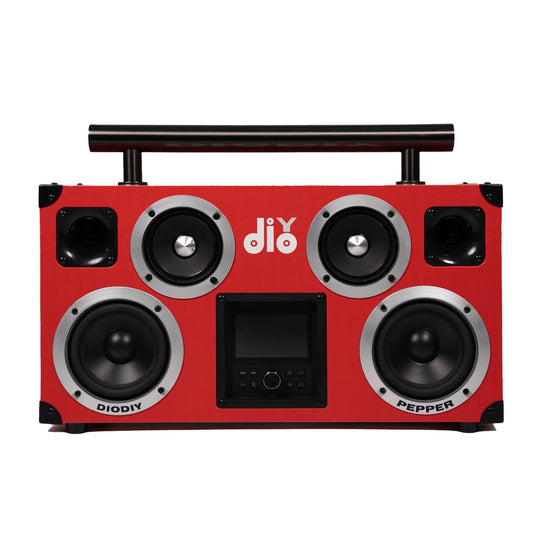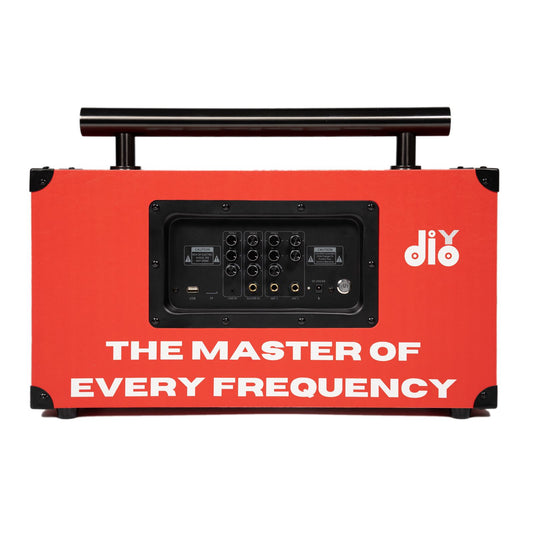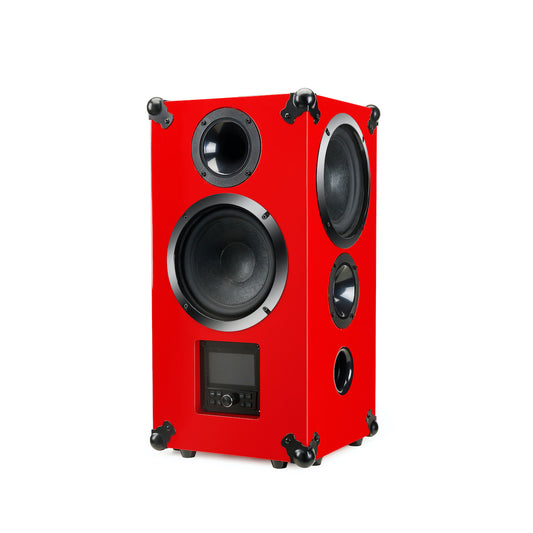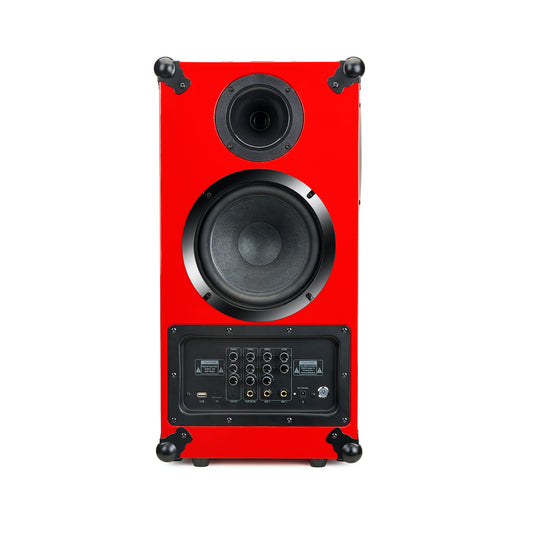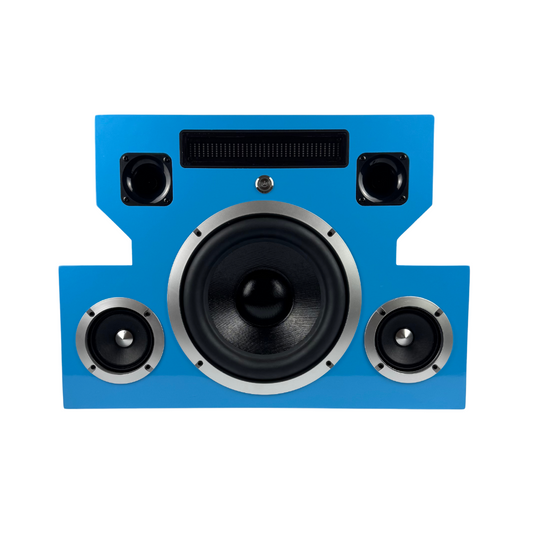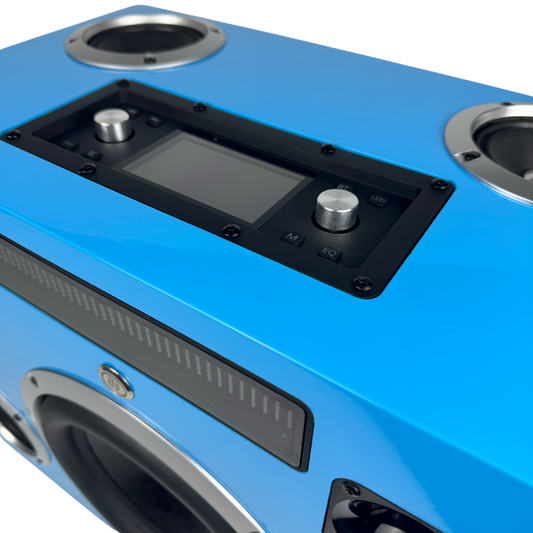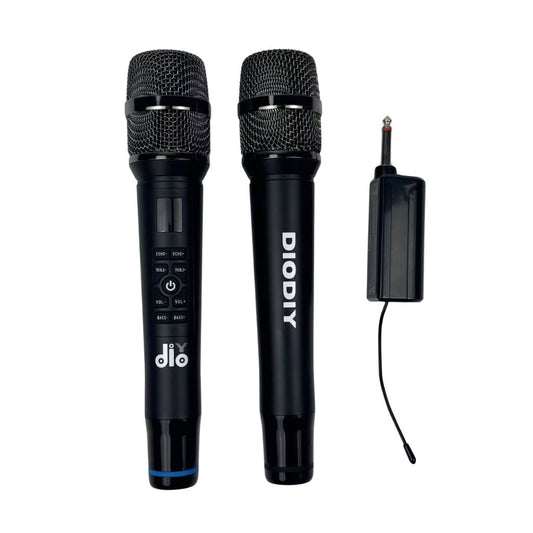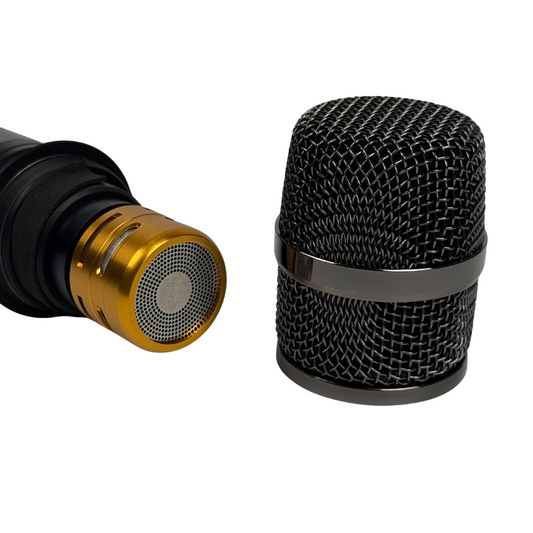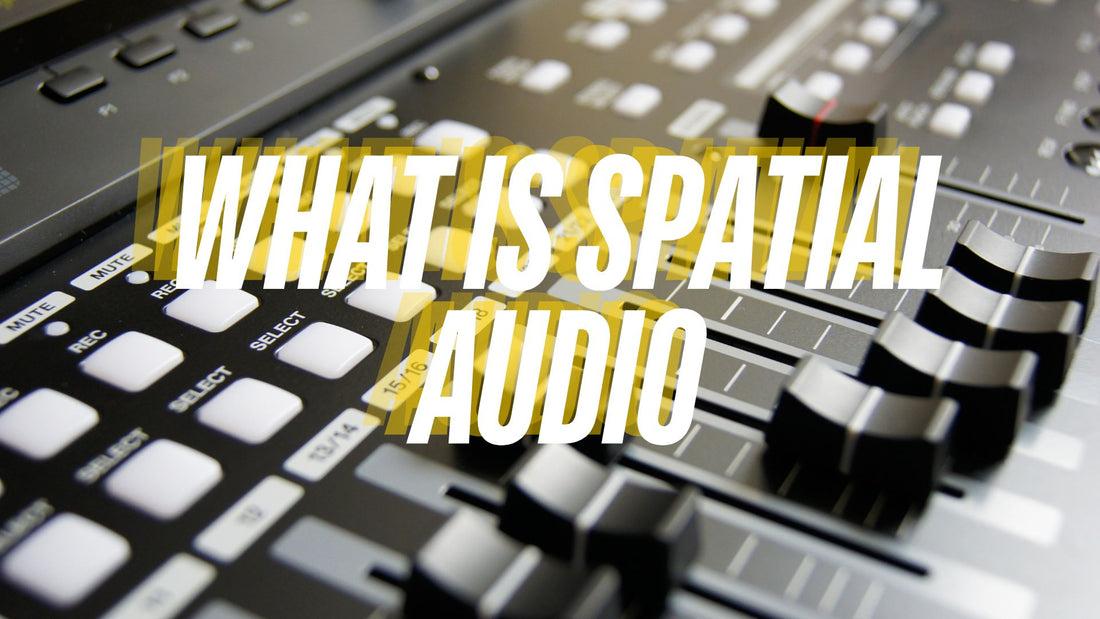
The Rise of Spatial Audio: A New Era in Sound
Share
In recent months, the global audio community has been abuzz with discussions about spatial audio—a groundbreaking technology redefining how we perceive sound. From audiophiles to tech giants, everyone is exploring its potential to deliver immersive, three-dimensional auditory experiences. As a speaker manufacturer deeply invested in audio innovation, DioDIY aim to unpack this trend and explain why it’s dominating industry conversations.
What is Spatial Audio?
Spatial audio, often referred to as 3D audio or immersive sound, transcends traditional stereo or surround sound by simulating how humans naturally hear in real-world environments. Unlike conventional setups that channel sound through left-right speakers or fixed surround channels, spatial audio incorporates height, depth, and directional cues. This creates a sphere of sound where effects can seem to originate from above, behind, or even move dynamically around the listener.
Key technologies driving this revolution include Dolby Atmos, Sony 360 Reality Audio, and MPEG-H. These systems use object-based audio encoding, allowing sound engineers to place individual elements (e.g., a helicopter overhead or raindrops nearby) within a 360-degree soundstage.
Why Now?
The surge in spatial audio adoption stems from two parallel developments. First, streaming platforms like Apple Music, Tidal, and Netflix now support spatial audio content, making it accessible to mainstream audiences. Second, advancements in consumer hardware—such as soundbars with upward-firing drivers, headphones with head-tracking sensors, and affordable multi-speaker setups—have made immersive listening feasible at home.
The gaming industry has also fueled demand. Titles like Cyberpunk 2077 and VR applications leverage spatial audio to enhance realism, letting players pinpoint footsteps or gunfire directionally. Meanwhile, the metaverse hype has pushed companies to prioritize audio spatialization as critical to virtual reality immersion.
Challenges and Innovations
Despite its promise, spatial audio faces hurdles. Mixing for 3D sound requires specialized skills and tools, raising production costs. Additionally, inconsistent hardware compatibility can fragment user experiences. For instance, a Dolby Atmos track may shine on a high-end home theater but fall flat on basic earbuds.
To address this, manufacturers are adopting adaptive technologies. For example, Apple’s Dynamic Head Tracking adjusts sound fields based on head movement, while Sonos’ Trueplay optimizes speaker output for room acoustics. Meanwhile, open-source frameworks like Ambisonics aim to standardize spatial audio creation and playback.
The Future of Listening
Spatial audio isn’t just a gimmick—it’s reshaping industries. In music, artists like Billie Eilish and The Weeknd are experimenting with 3D mixes to add emotional depth. In education, museums use it to create sonic narratives. Even telehealth providers see potential for spatial sound in remote diagnostics.
For speaker manufacturers, the challenge lies in balancing performance and accessibility. Future systems may integrate AI to auto-calibrate soundscapes or use modular designs for customizable setups. Sustainability is another focus, with brands exploring eco-friendly materials for immersive audio products.
Conclusion
Spatial audio represents a paradigm shift in sound reproduction, blending art and technology to mirror human hearing. While obstacles remain, its ability to evoke visceral, lifelike experiences ensures it will remain a cornerstone of audio innovation. For listeners, this means richer entertainment; for creators and manufacturers, it’s an invitation to reimagine the boundaries of sound.
As the industry evolves, one thing is clear: the future of audio isn’t just about hearing—it’s about feeling sound all around you.

